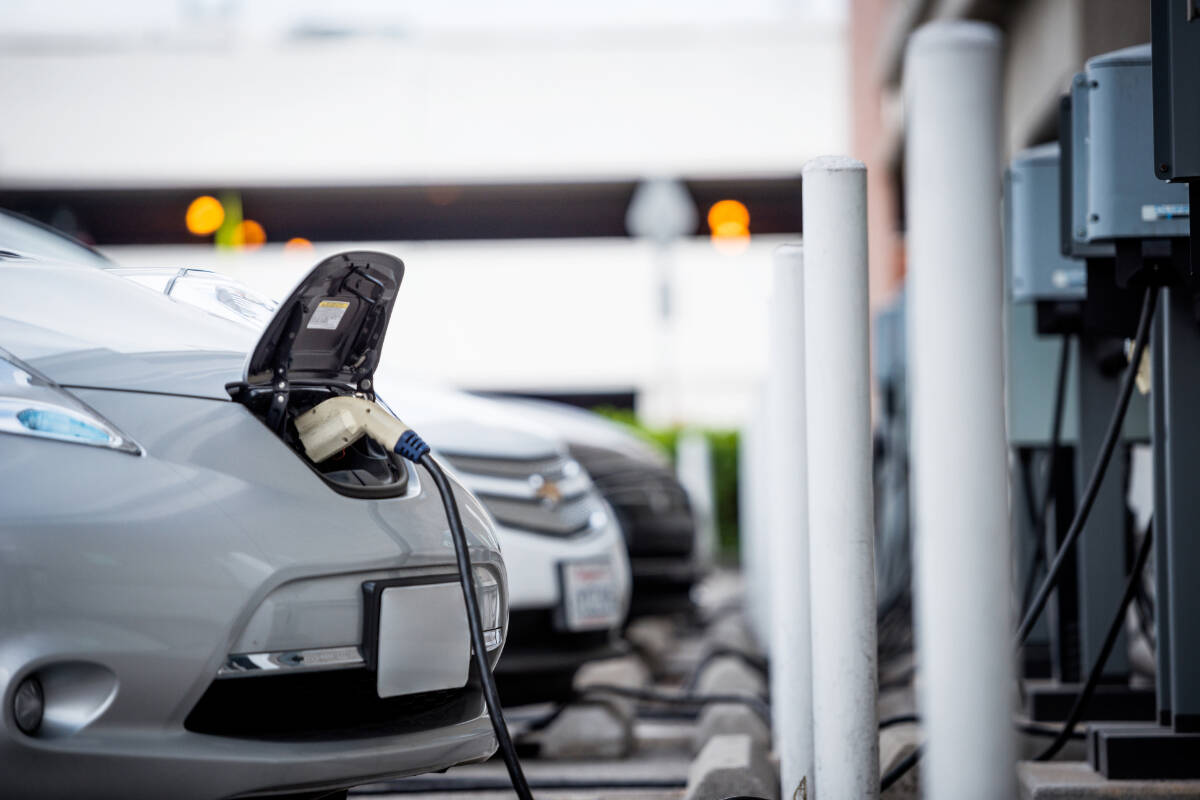By Blair Qualey
Today, more than 80,000 zero emission vehicles (ZEVs) travel B.C. highways, and this number continues to surge as the popularity of ZEVs shows no sign of slowing down.
B.C.’s New Car Dealers are proud to administer the Clean BC Go Electric Passenger Vehicle Rebate Program on behalf of the provincial government. It’s a partnership that has proved to be very successful, with British Columbia leading the country and North America in per capita sales of ZEVs, with over 14 per cent of the light vehicle market represented during the first half of 2022.
Because I write about the many aspects associated with zero emission vehicles on a regular basis, I’m often asked questions that range from the basic to the complex. As an example, when questioned about what to look for in a ZEV, I encourage consumers to start the process by researching what brand and model fits their lifestyle, access to charging, and fully canvass the options and attributes of various products with a local new car dealer.
There are also some general rules of thumb associated with ZEV ownership. Just like smartphone batteries, an EV’s battery will last longer if you prevent it from charging 100 per cent or running it down to zero. To extend the EV battery’s life, remember the 80/20 rule, which means not charging past 80 per cent and not letting it drop below 20 per cent. Many vehicle manufactures already have this built into the vehicle’s onboard electrical system. Charging up to 100 per cent is best saved for when preparing for a longer trip.
An owner might be worried that leaving an electric vehicle connected to the power outlet overnight will damage the battery. However, it’s standard practice to charge an electric car overnight because that’s typically the length of time it needs to reach a full charge.
If planning a road trip, you can find charging stations along the way with the help of the PlugShare app (www.plugshare.com) to identify stations en route. To determine which charging station to use, consider that some ZEVs have a limited charge rate. You can use a fast charger, but older models might not charge any faster than if they were hooked up to a level 2 charger, meaning you might be wasting money.
And what about charging etiquette? If running errands while charging your vehicle, be respectful of other ZEV owners who may be waiting to charge their vehicle and use charging apps to know when your battery is full so you can move your car as soon as your session is complete. In the event of an emergency and you can’t wait for the next available charging station, politely ask to interrupt someone’s session and chances are that most people would be happy to pay it forward, just as you would if in a similar situation.
And finally, be prepared to answer questions from other drivers about your ZEV. Just as I have become accustomed to addressing questions about the many aspects of electric vehicle ownership, you will too.
Blair Qualey is President and CEO of the New Car Dealers Association of BC. You can email him at bqualey@newcardealers.ca

